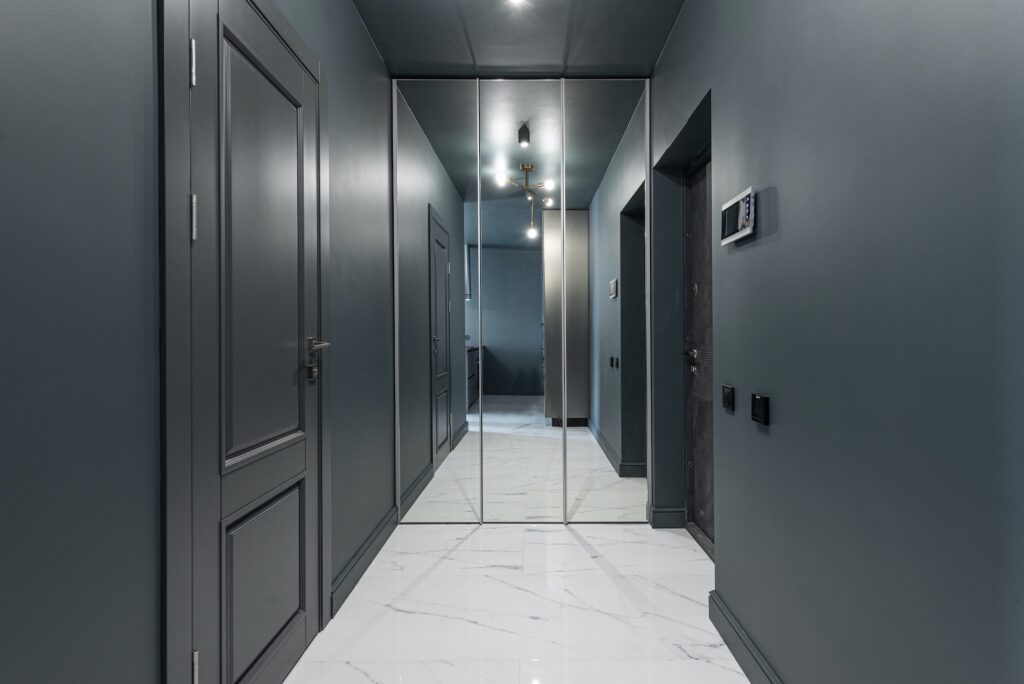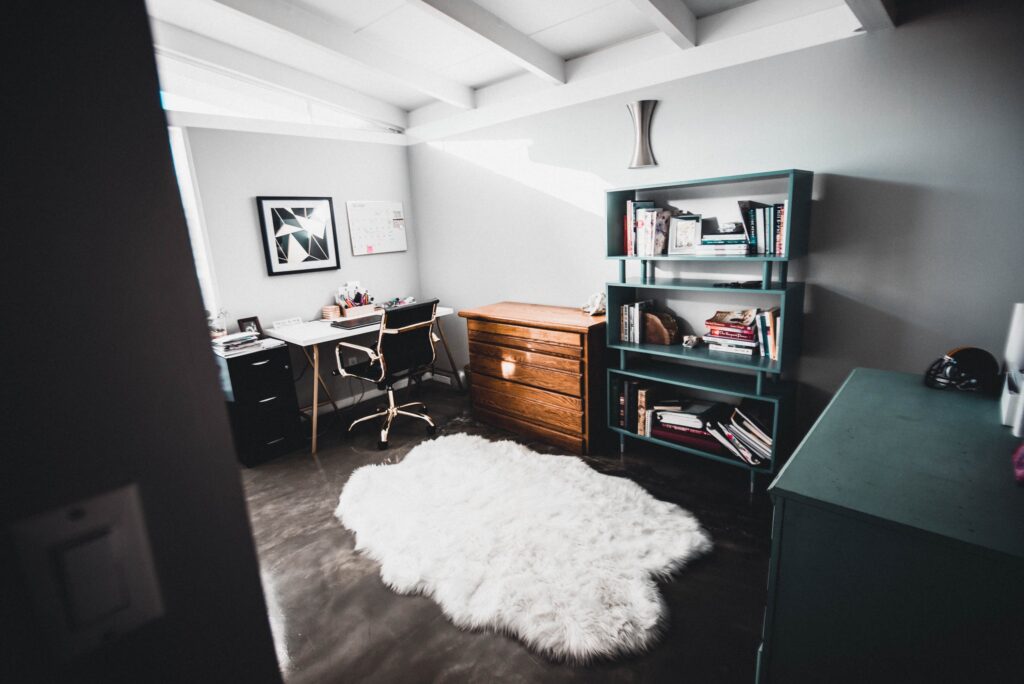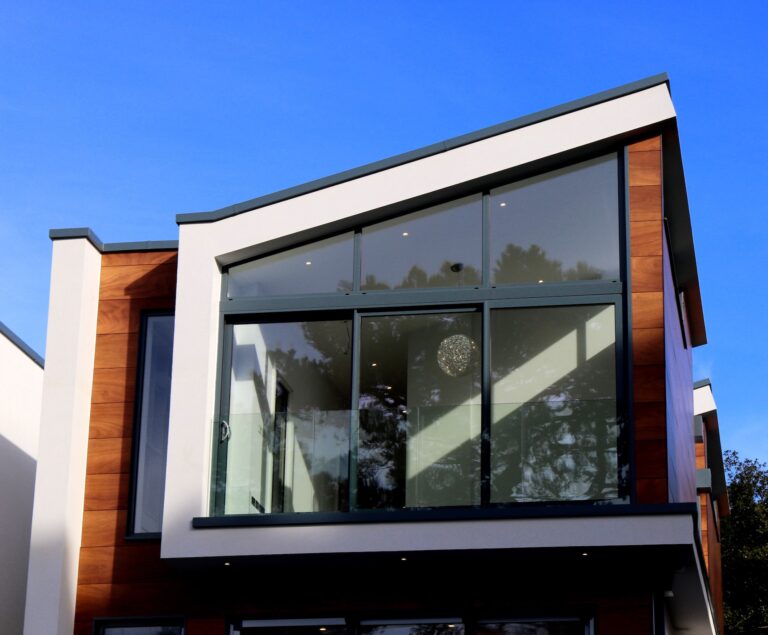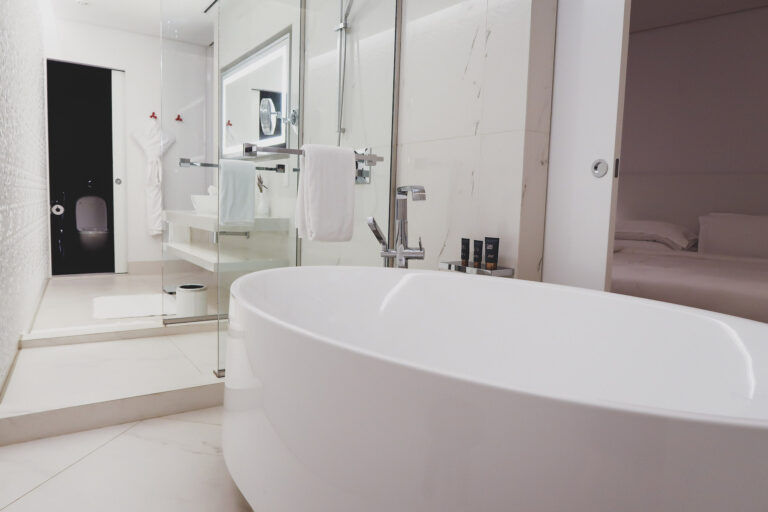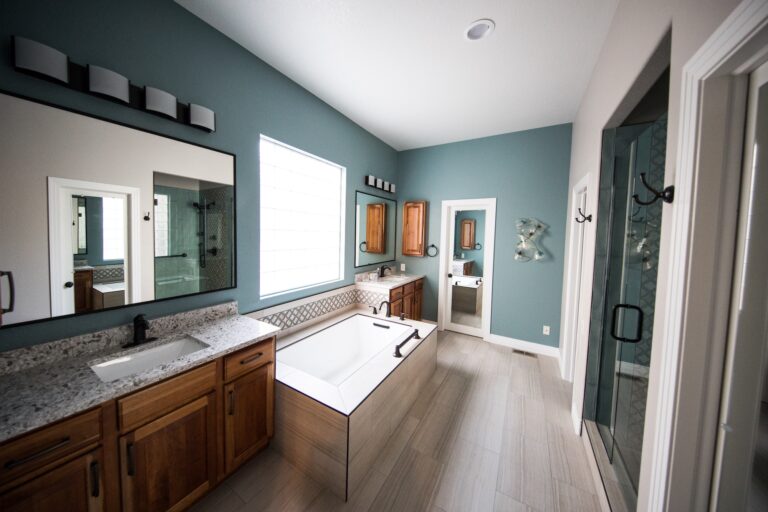3 Ways To Warm Up The Floors In Your Home
Choosing a floor is difficult, especially if you live somewhere that enjoys warm summers and cold winters. In these places, the perfect summer floor is tiles, or perhaps wood. It’s cool to walk on, helping you to stay cool despite the heat. Unfortunately, the same floors can be a pain in the winter when they are cold, especially tiles.
However, they are also a practical choice, that’s why you need to keep the floors and find ways of warming them in the winter months.
3 Ways To Warm Up The Floors In Your Home
Add A Rug
The most obvious, and perhaps easiest, way to make your floor feel warmer is to add a rug. There are plenty of options to choose from, although locating a rich cream textured rug is potentially one of the best options as this neutral colour can fit with any colour scheme.
Textured rugs help to add warmth as they have deeper piles and will feel nicer underfoot. But, whichever rug you choose, positioning it in the room will allow your feet to feel instantly warm and that helps you feel warmer!
You do need to remember that rugs come in a variety of materials. Some are better suited to higher traffic areas such as hallways, while others are better for your living room simply to create warmth.
In all cases, you can simply remove the rug during the summer when you don’t want the extra warmth on your floor.
It should be noted that laying a carpet on the floor can be seen as an extension of using a rug. Of course, this will change the nature of the room and carpets tend to attract more allergens. That could be an issue if anyone suffers from allergies in your family.
Increase Insulation
The problem with floors is that they generally have nothing under them. This allows the cool air from outside to come up against the subfloor and cool it. The coolness then seeps into your floor and causes it to feel cold.
You can combat this by putting insulation under your existing floor. Of course, this is a more costly process than adding a rug but it can also help to keep your floors cooling in the summer months.
A layer of insulation can help to keep your heat in and potentially save you money on energy bills. That can make a big difference during a cold winter.
Underfloor Heating
Another option to combat cold floors and warm up your home is to add underfloor heating. This is even more expensive than insulation and usually involves adding insulation as well. However, once your new floor is positioned with heating built underneath it, you’ll be able to appreciate the joy of walking on warm floors, even in the depths of winter.
Final Thoughts
In conclusion, warming up the floors in your home is essential during cold weather. With the three ways mentioned above, you can easily achieve a cozy and comfortable atmosphere in your home. Adding a rug is a quick and easy way to make your floors feel warmer and more inviting. Increasing insulation can help to keep your home warm and reduce heating costs in the long run.
Underfloor heating is a more permanent solution that can provide consistent warmth throughout your home. Consider which option is best for your budget and lifestyle, and enjoy the benefits of a warm and cozy home.
Another option to warm up your floors is to install radiant heating systems. These systems work by installing electric mats or hydronic tubes underneath your flooring. They then use heat to warm up the floor, which radiates throughout the room, providing warmth and comfort to your space.
While this option may require a larger upfront investment, it is a long-term solution that can significantly improve the comfort of your home, especially during the colder months. It is also an energy-efficient option that can save you money on your energy bills over time. Consider this option if you are looking for a more permanent solution to warming up your floors.


